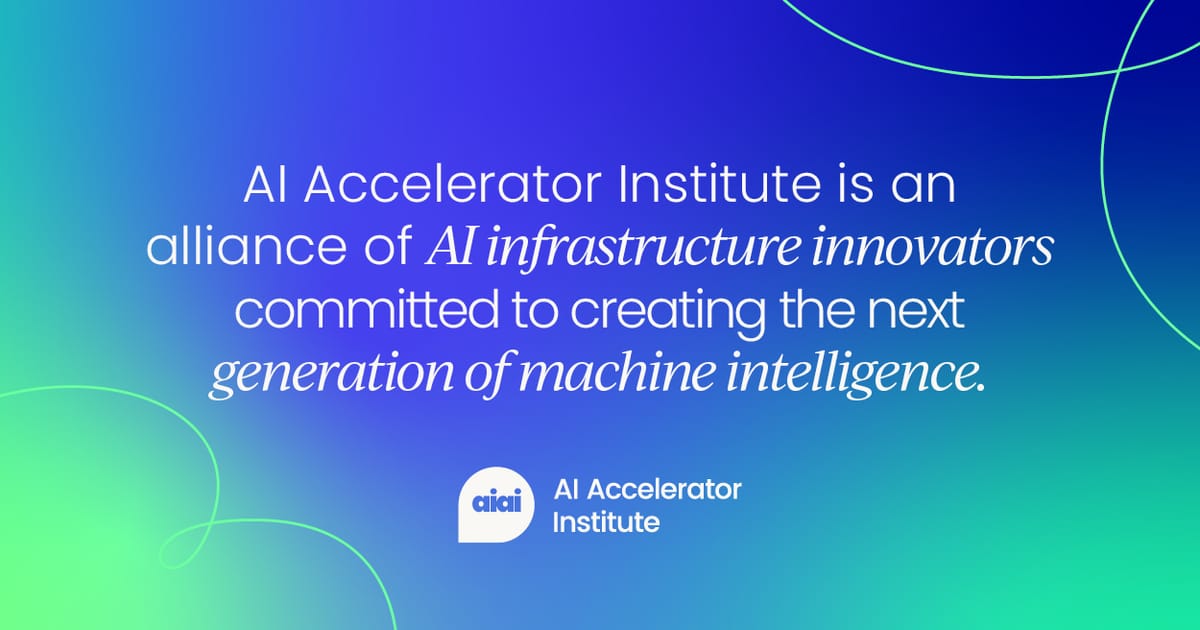
At the recent Generative AI Summit in Toronto, I had the opportunity to sit down with Manav Gupta, the CTO from IBM Canada to explore the company’s current work in generative AI and explore their vision for the future. Here are the key insights from our conversation, highlighting IBM’s ecosystem leadership, industry impact, and strategies to navigate challenges in the generative AI landscape.
IBM’s position in the generative AI landscape
Manav began by emphasizing IBM’s commitment to ensuring that enterprises own their AI agenda. He stressed the importance of AI being open and accessible to organizations, individuals, and societies to foster growth. To this end, IBM leads with Watson X, a comprehensive platform that serves as both a model garden and a prompt lab. Watson X allows users to leverage IBM-supplied models, third-party models, or even fine-tune their own models for deployment on their preferred cloud or on-premises infrastructure.
One of the standout features of IBM’s approach is its focus on AI governance. Manav highlighted the critical need for enterprises to ensure that the AI they deploy is free from biases, hate speech, and other ethical concerns. IBM’s governance platform is designed to address these issues, ensuring that generative AI outputs are safe and unbiased.
The transformative impact of generative AI
When asked about the impact of generative AI across industries, Manav was unequivocal in his belief that this technology will touch every sector. He cited estimates that generative AI could add up to 3.5 basis points to global GDP, a staggering figure that underscores its potential. Industries such as banking, healthcare, telecommunications, and the public sector are poised to benefit significantly.
- Banking and Financial Services: Streamlining workflows and enhancing decision-making.
- Public Sector and Healthcare: Unlocking data-driven efficiencies and improving service delivery.
- Telecommunications: Transforming customer interactions and operational processes.
Manav explained that wherever there is a large corpus of data and existing workflows, generative AI can unlock human potential by automating mundane tasks and allowing employees to focus on higher-value activities.
Challenges in deploying generative AI
Despite the immense potential, Manav acknowledged that deploying generative AI solutions is not without its challenges. One of the primary hurdles is client maturity. Many organizations are still in the experimental phase, trying to understand both the opportunities and the risks associated with this technology. Additionally, integrating generative AI with existing data systems is a significant challenge. Enterprises often have high-quality data, but it is locked in silos across departments such as finance, HR, and procurement. Accessing and unifying this data in a timely manner is a complex task.
Another major challenge is the resource intensity of generative AI. The specialized hardware required to run these models is expensive and often in short supply, leading to long lead times for deployment.
Future trends in generative AI
Looking ahead, Manav foresees several key trends in the generative AI market. He predicts that models will continue to improve, with a shift from large language models (LLMs) to more fit-for-purpose smaller models. These smaller models, often referred to as small language models (SLMs), are more efficient and tailored to specific use cases. Manav also highlighted the rise of agentic AI, where AI systems will have greater autonomy to execute tasks on behalf of humans, particularly in high-value areas like software engineering and testing.
Another trend is the increasing importance of multi-modal models, which can process and generate different types of data, such as images and text. Manav gave an example of how enterprises could use multi-modal models to analyze images and make decisions based on that analysis, opening up new possibilities for automation and efficiency.
Key takeaways from Manav’s presentation
Manav concluded our interview by summarizing the key takeaways from his summit presentation.
- Be an AI value creator, not just a consumer. Don’t just use AI—figure out how to make it work for you.
- Start with models you can trust. Whether it’s IBM’s Granite models or open-source alternatives, experiment with reliable AI solutions.
- Don’t treat AI governance as an afterthought. Privacy, security, and responsible AI should be built into the foundation of your AI strategy.
Watch Manav’s presentation at the Generative AI Summit in Toronto.
IBM’s Granite models and InstructLab
During his presentation, Manav also delved into IBM’s Granite models, a series of open-source foundation models designed for enterprise use. These models, which include specialized versions for time series and geospatial data, are trained on vast amounts of data and are optimized for performance and cost-efficiency.
IBM has also developed InstructLab, a novel methodology for adding enterprise data to LLMs without the need for extensive fine-tuning. This approach allows organizations to iteratively train models on their specific data, ensuring that the AI remains relevant and accurate for their unique use cases.
Conclusion
Manav’s insights underscore IBM’s leadership in the generative AI space, particularly in addressing the challenges of scalability, integration, and governance. As enterprises continue to explore the potential of generative AI, IBM’s Watson X platform and Granite models offer a robust foundation for innovation. With a focus on trust, transparency, and ethical AI, IBM is well-positioned to help organizations navigate the complexities of this transformative technology.
The Generative AI Summit series from the AI Accelerator Institute provides a platform for thought leaders like Manav to share their vision for the future of AI.

